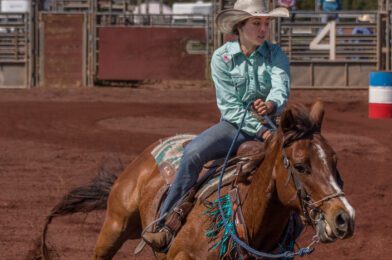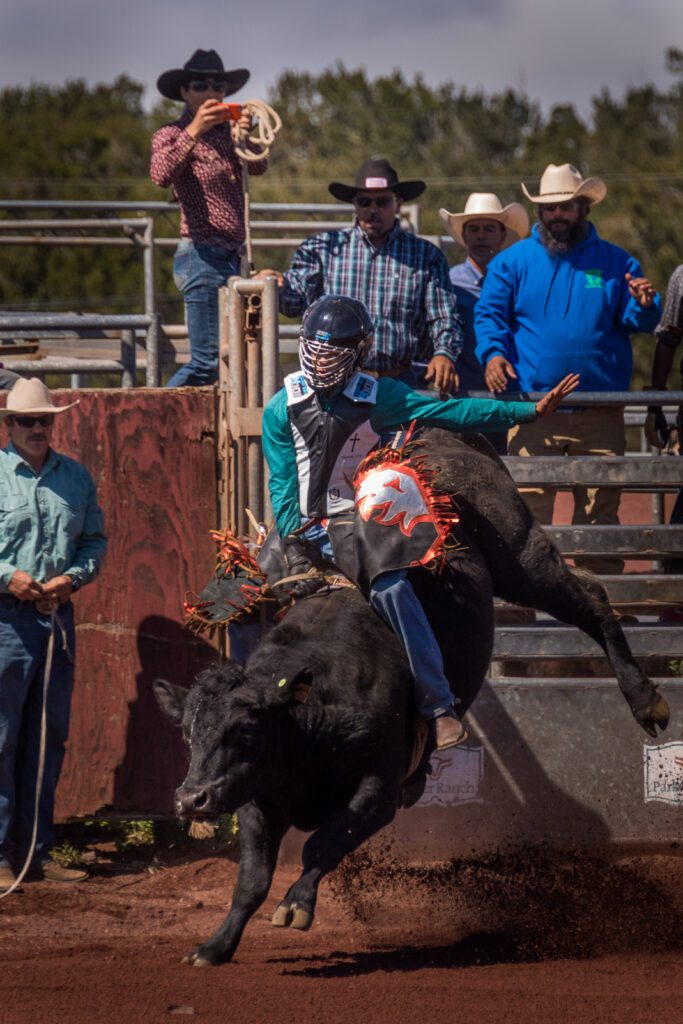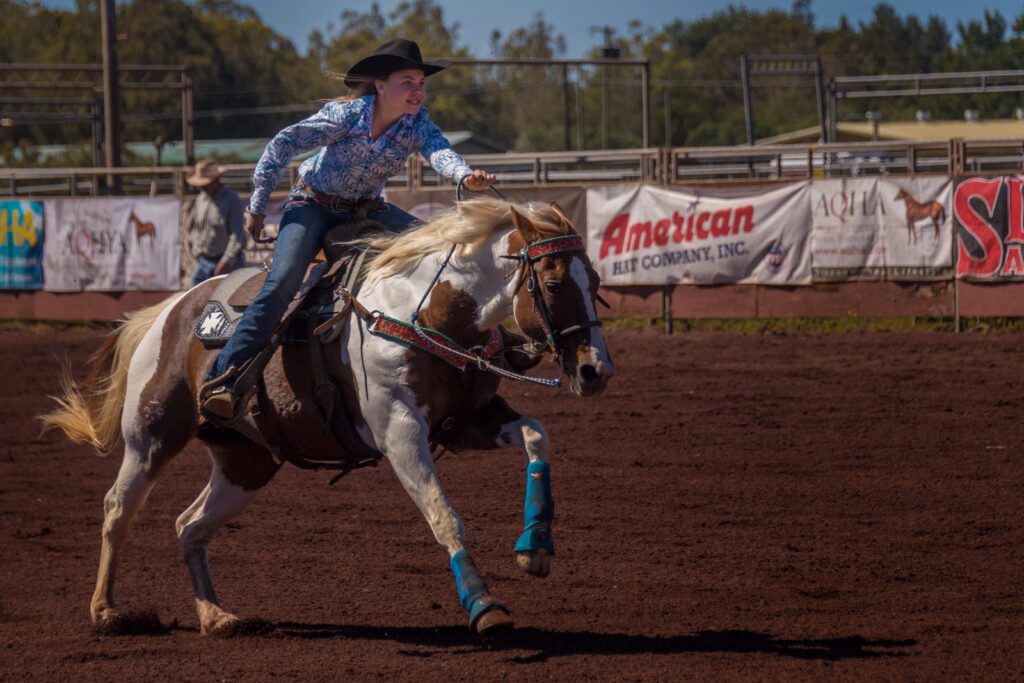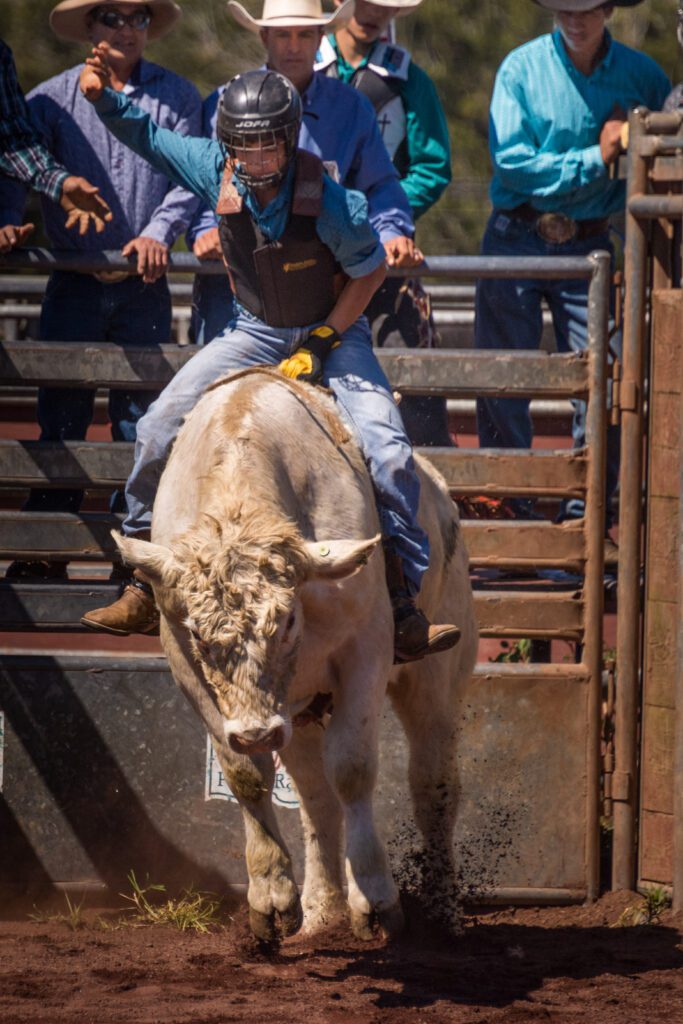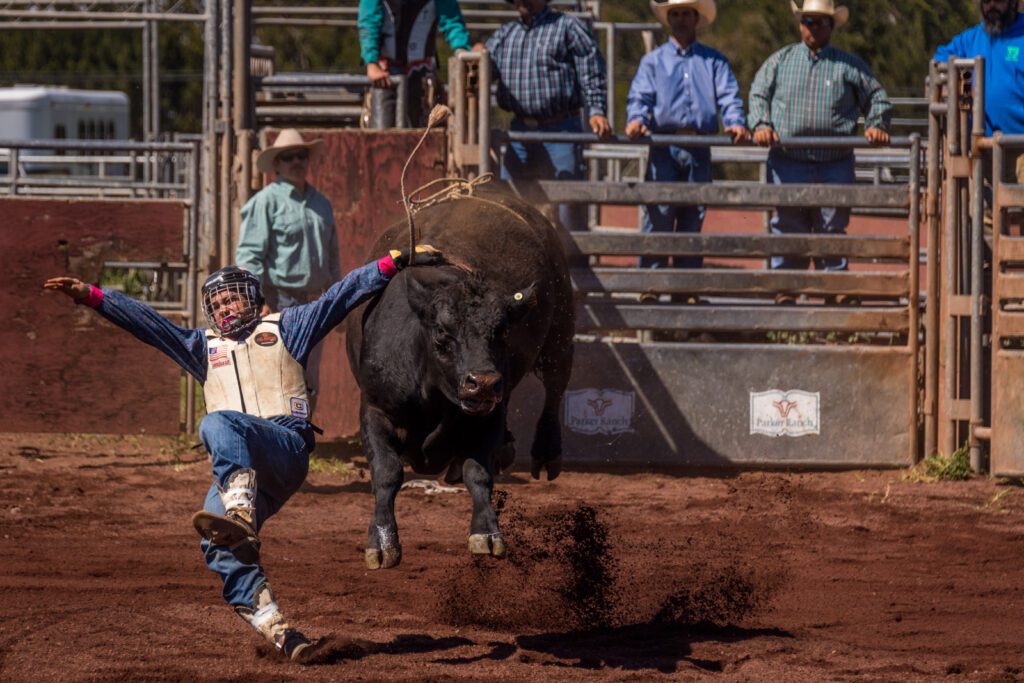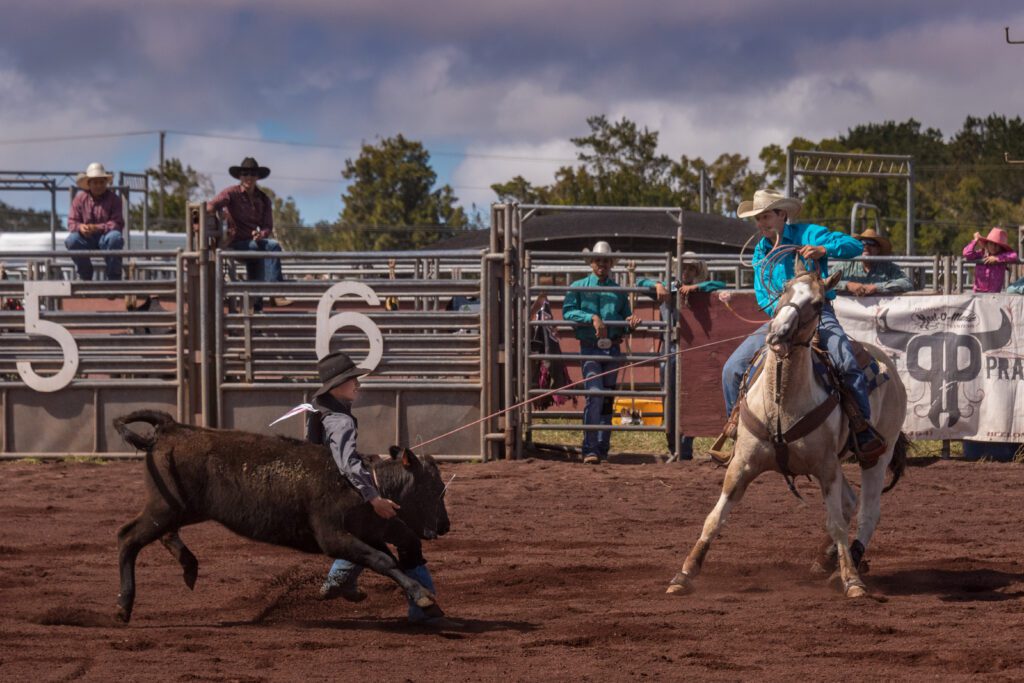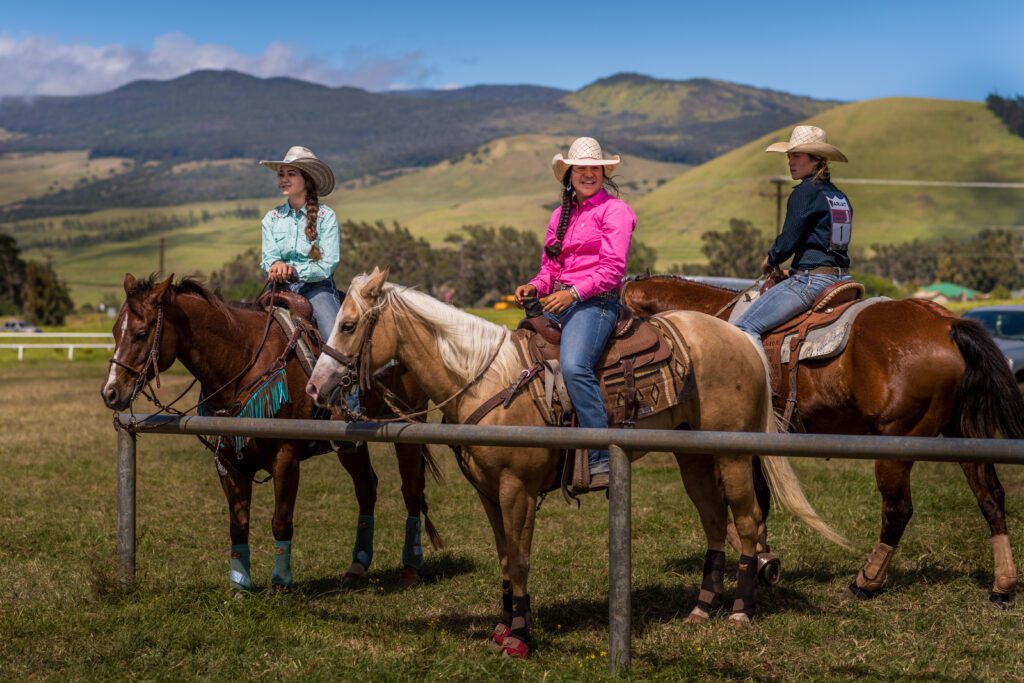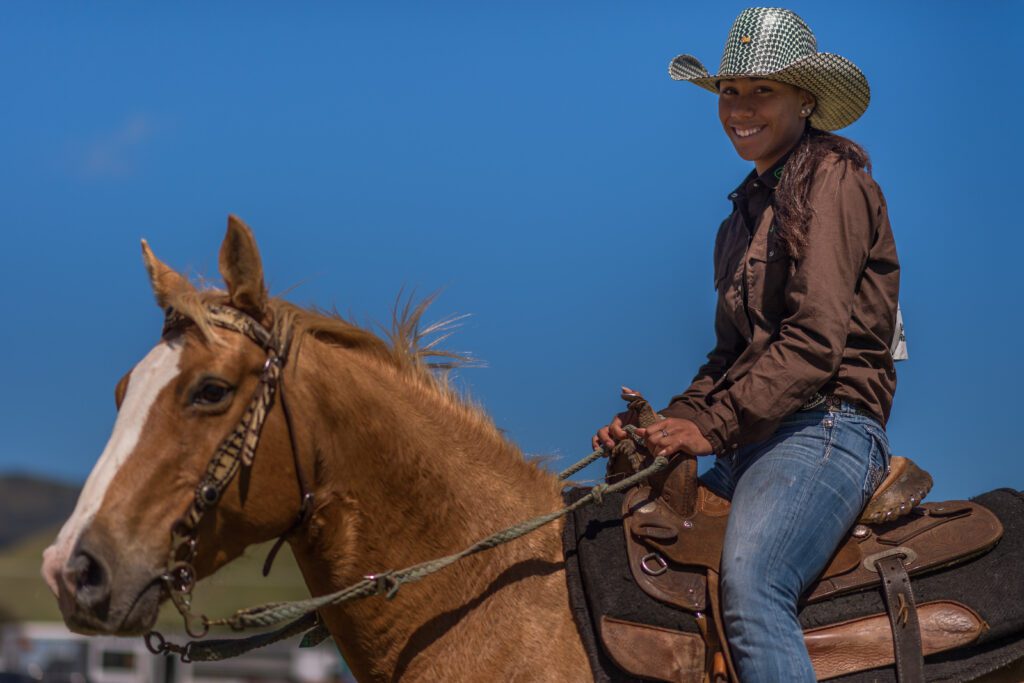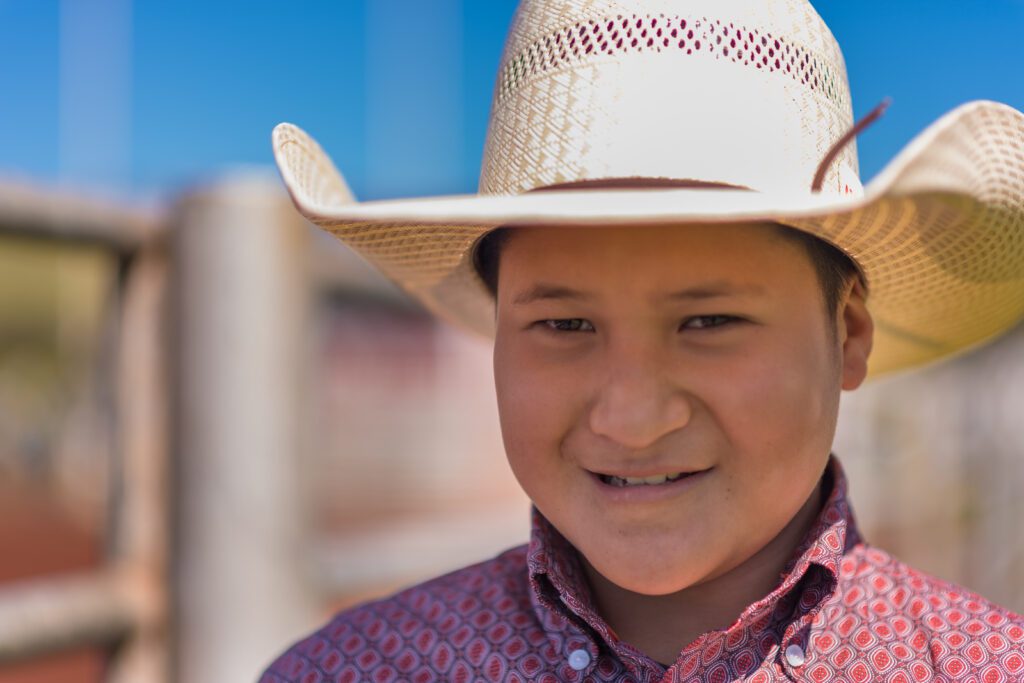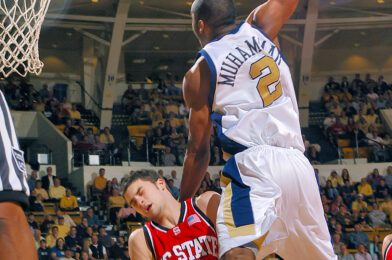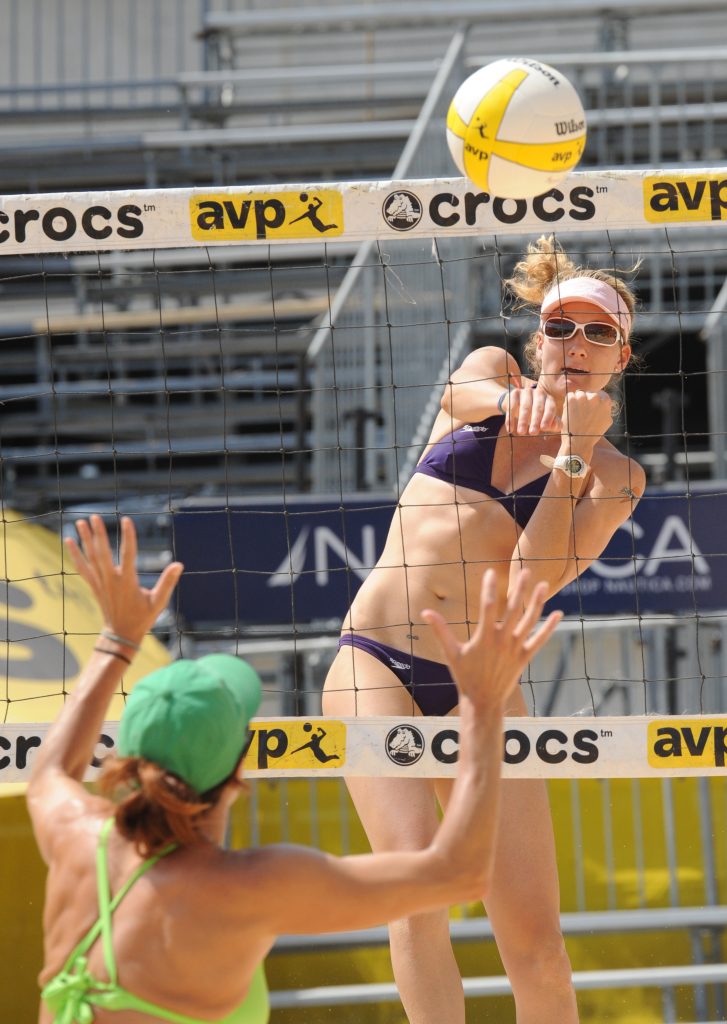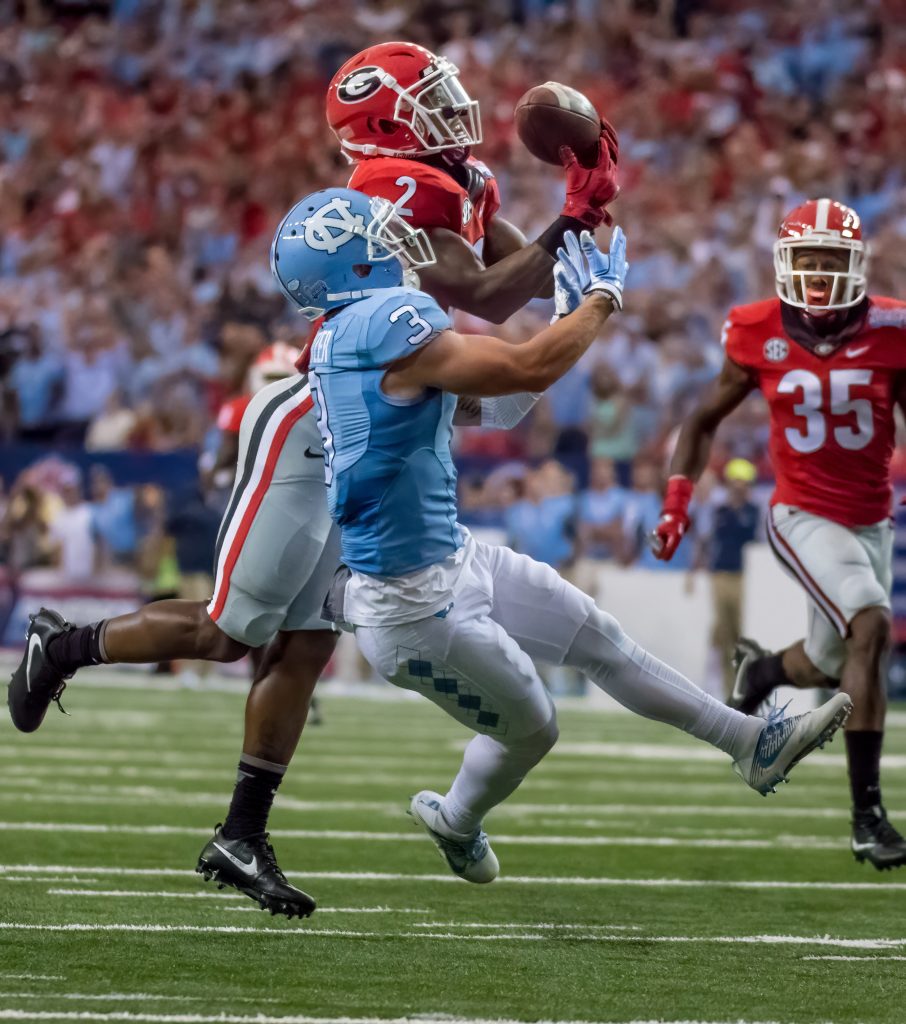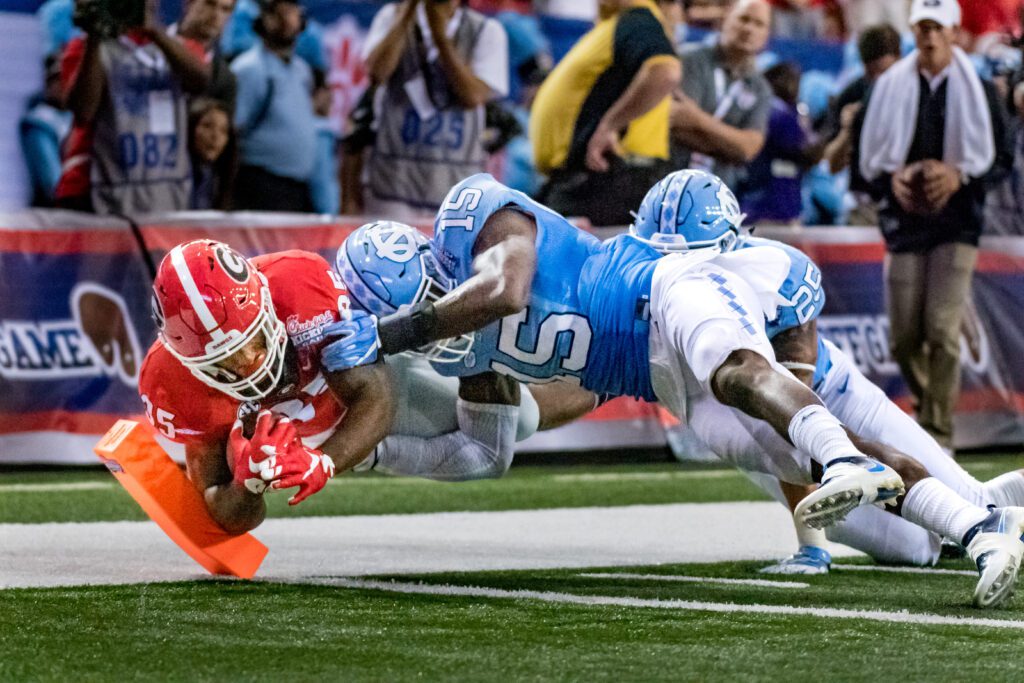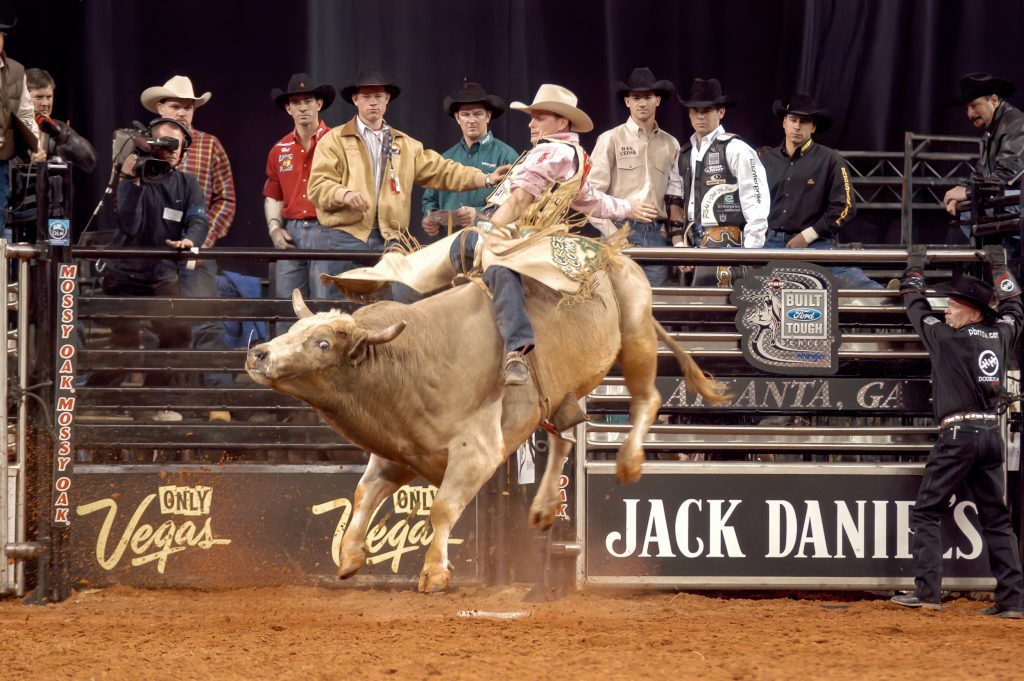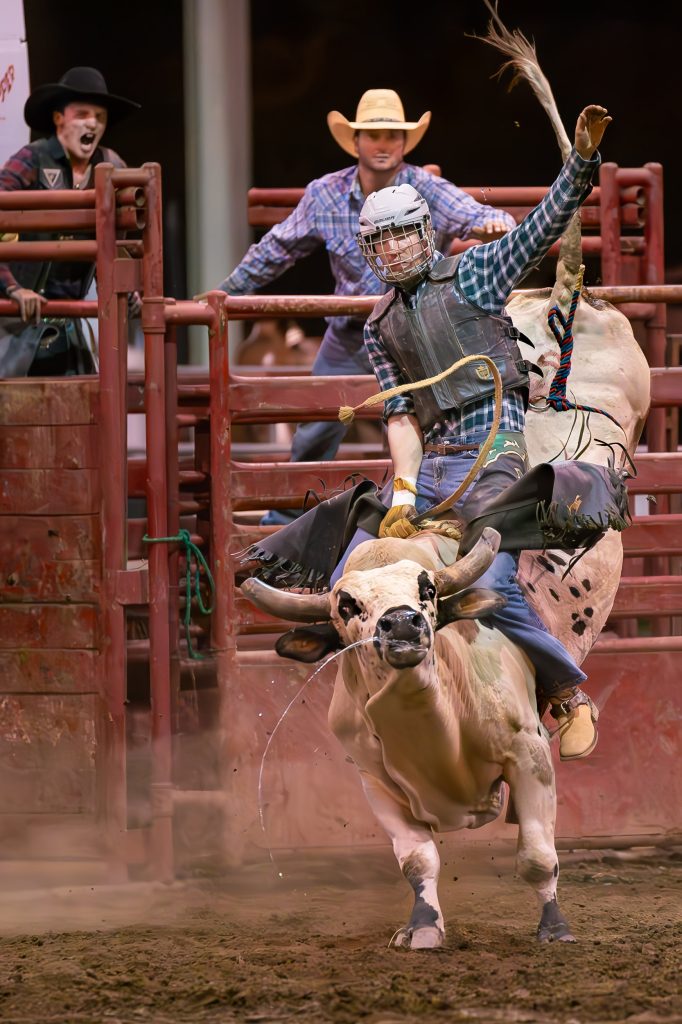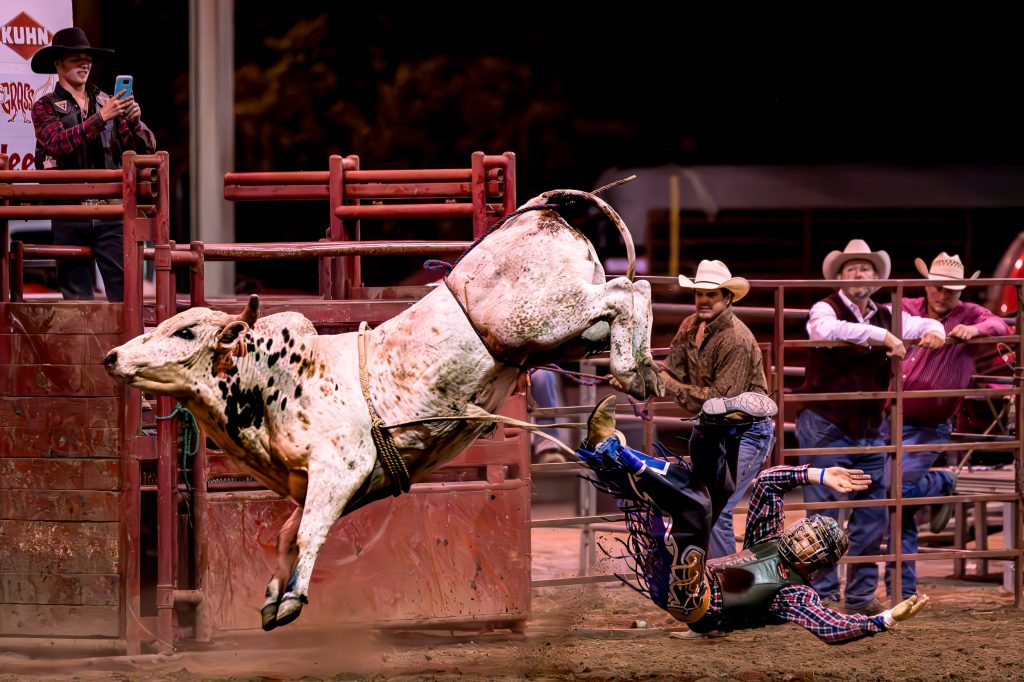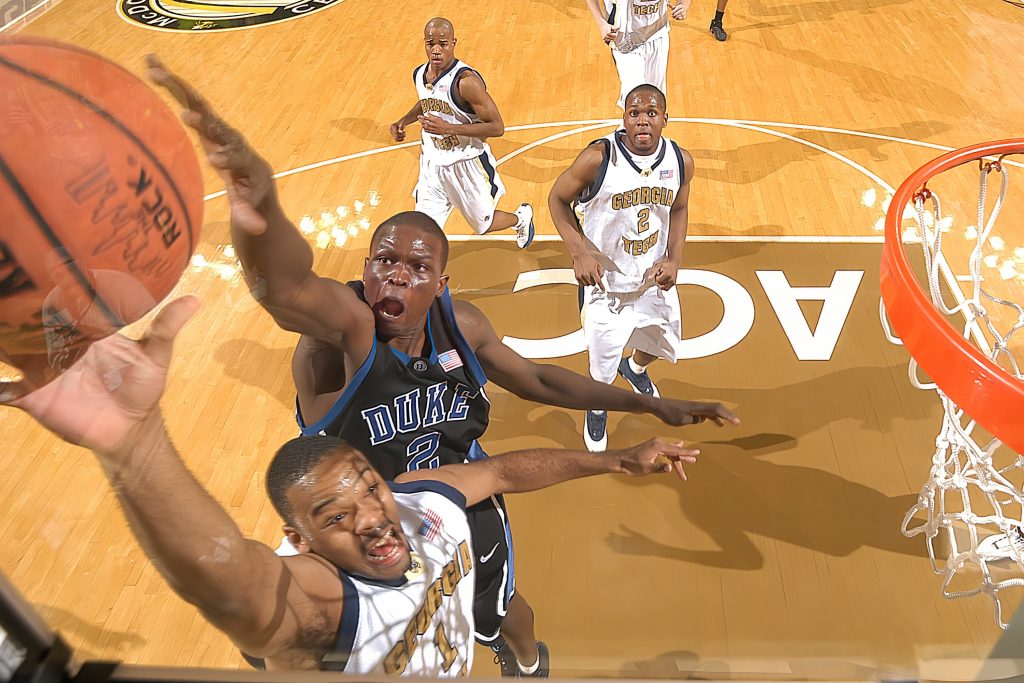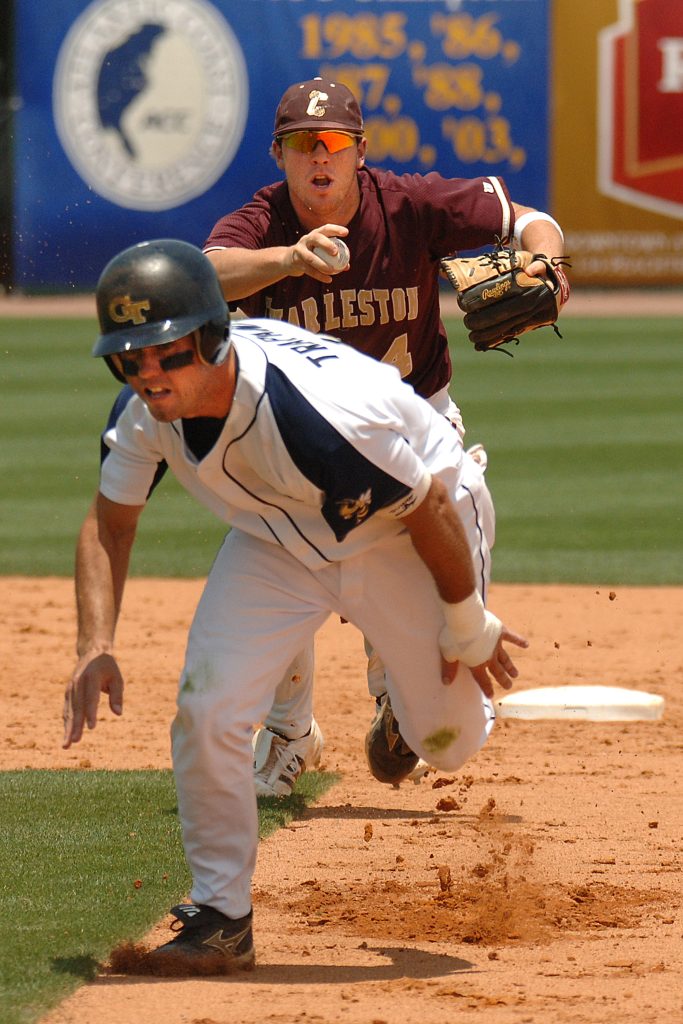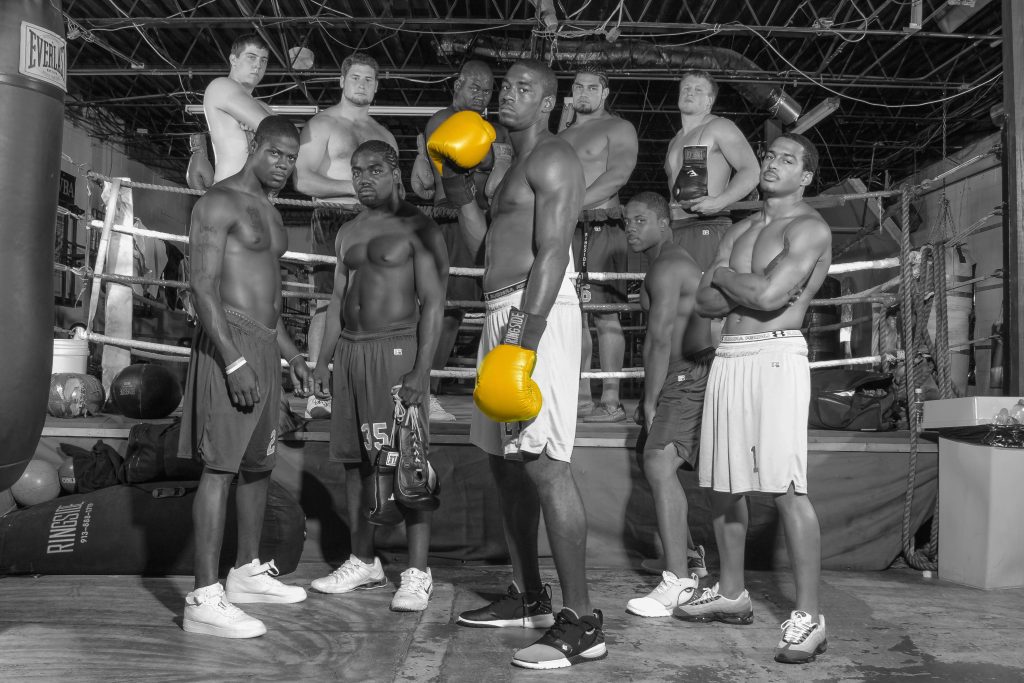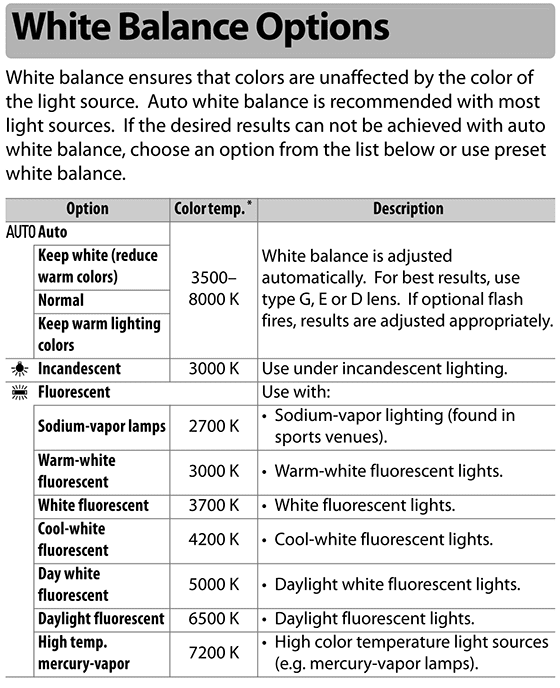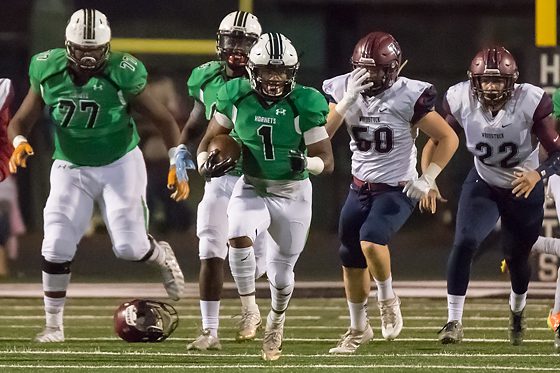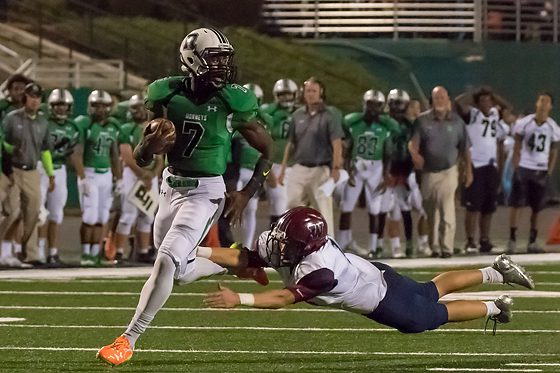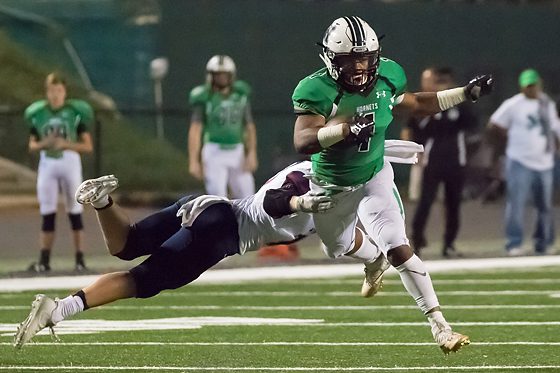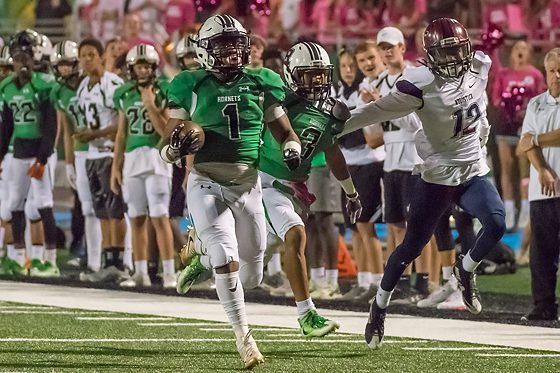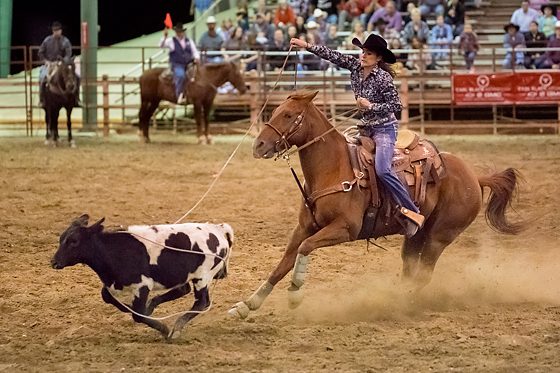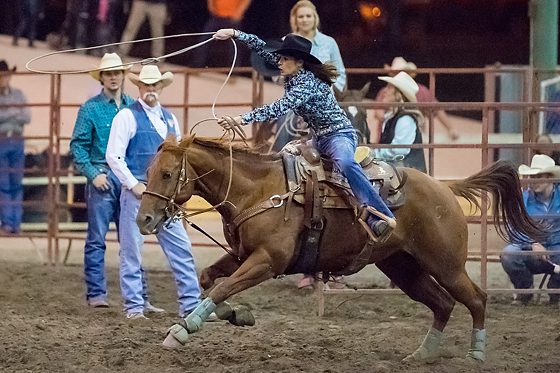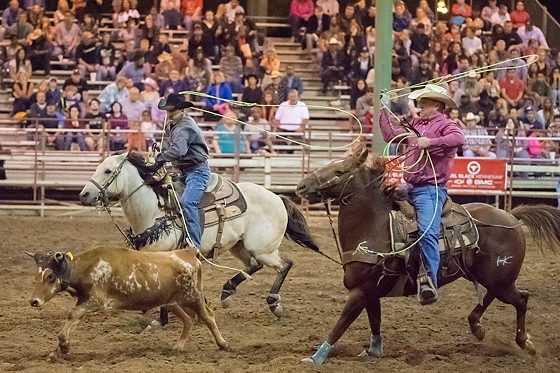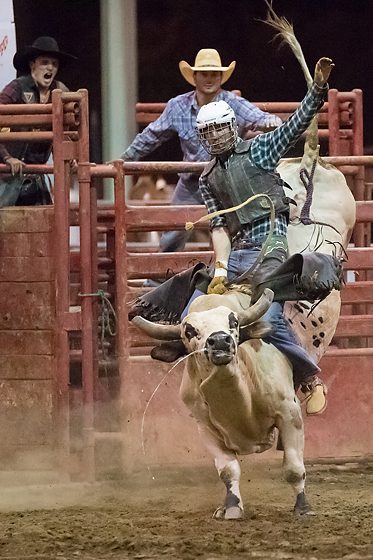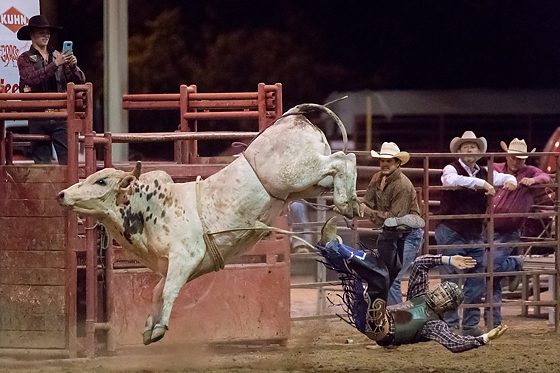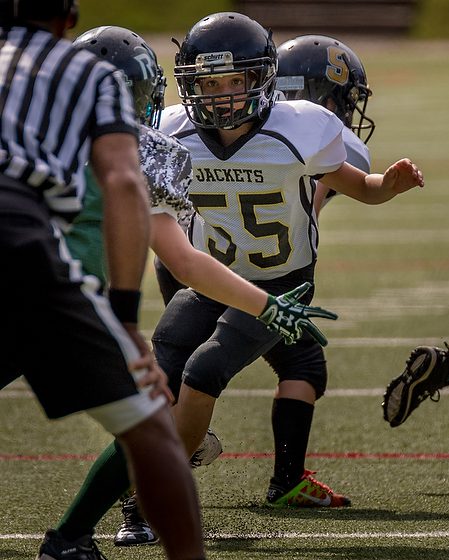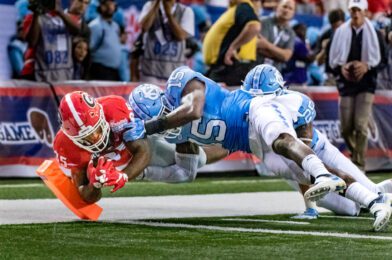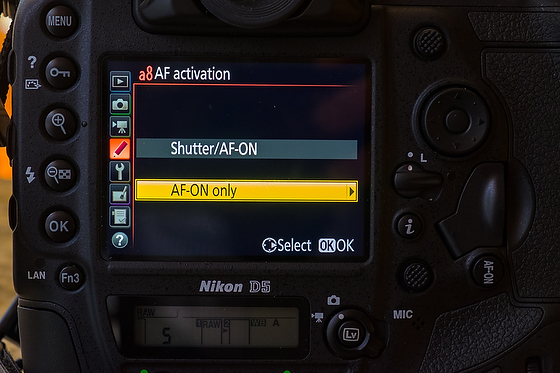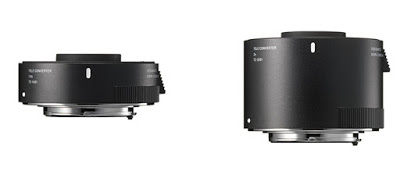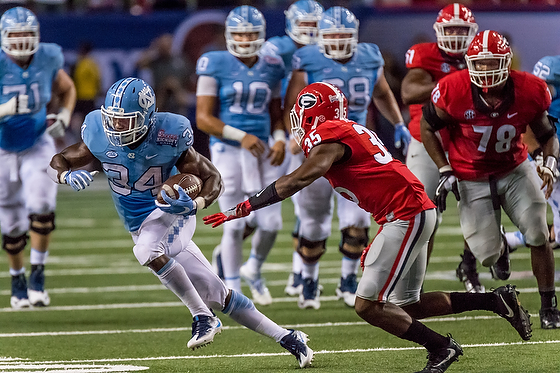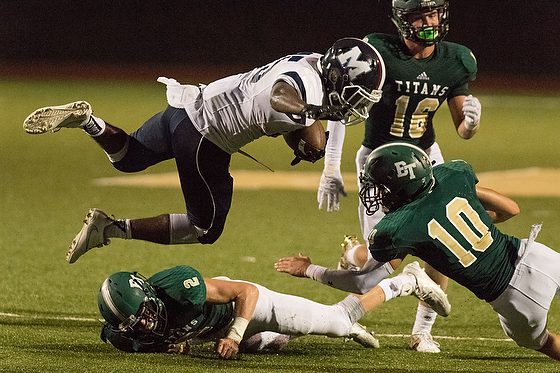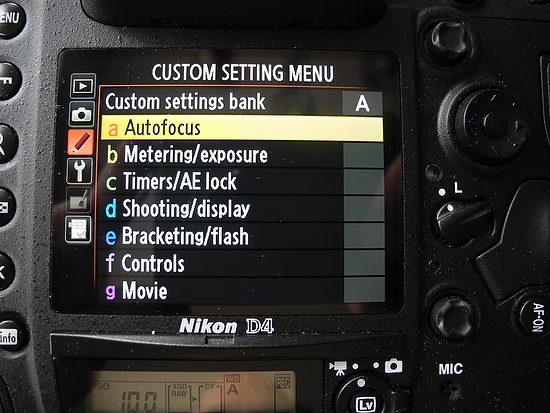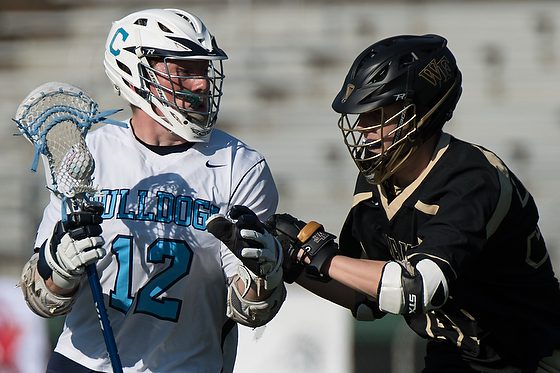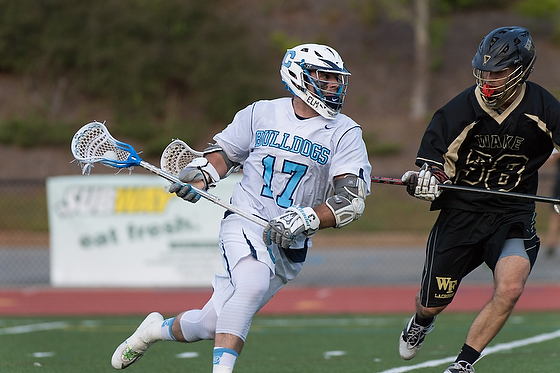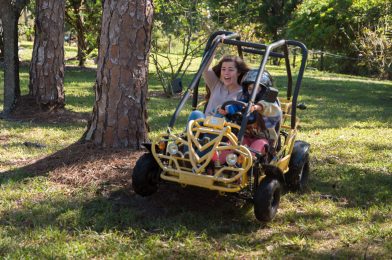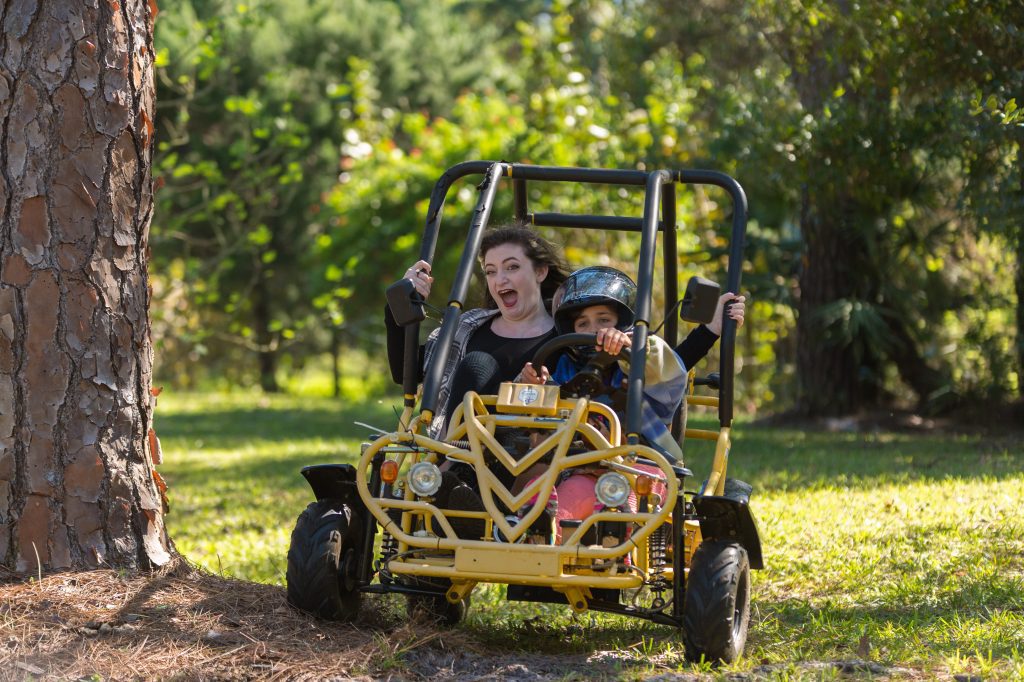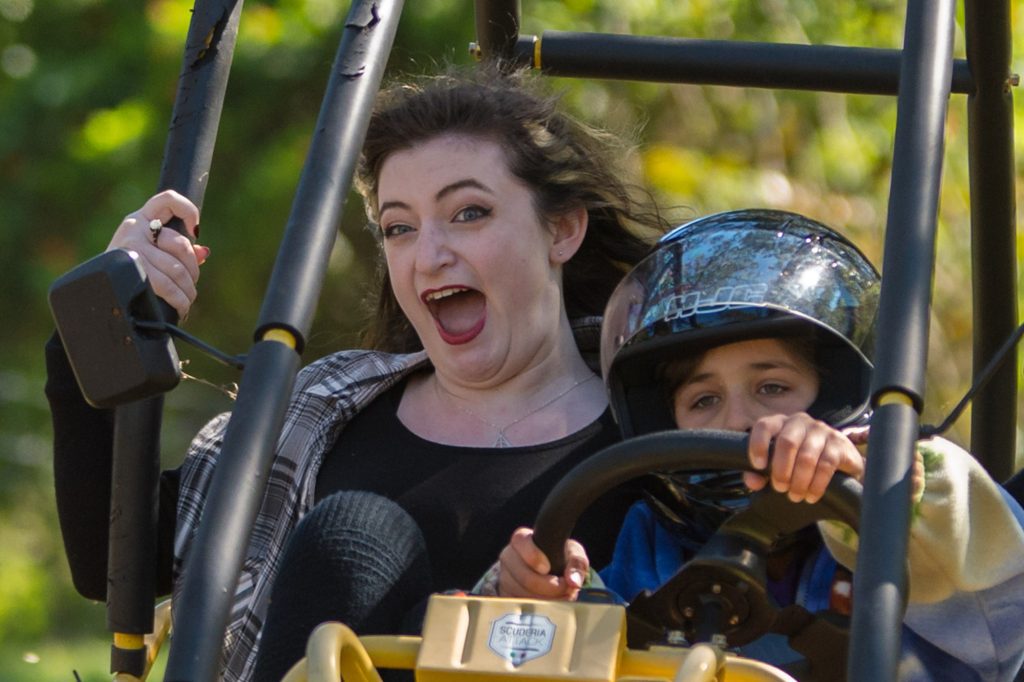[NIKON Z 9, 120-300mm f/2.8 + 2X converter, Mode = Aperture Priority, ISO 25600, 1/2000, ƒ/5.6, (35mm = 600)]
The main benefit of using a 120-300mm f/2.8 lens with a 2x converter is that it offers a more excellent range of focal lengths than a fixed 400mm or 600mm lens. This can be especially useful if you can quickly adjust your focal length to suit the changing action and composition of the scene.
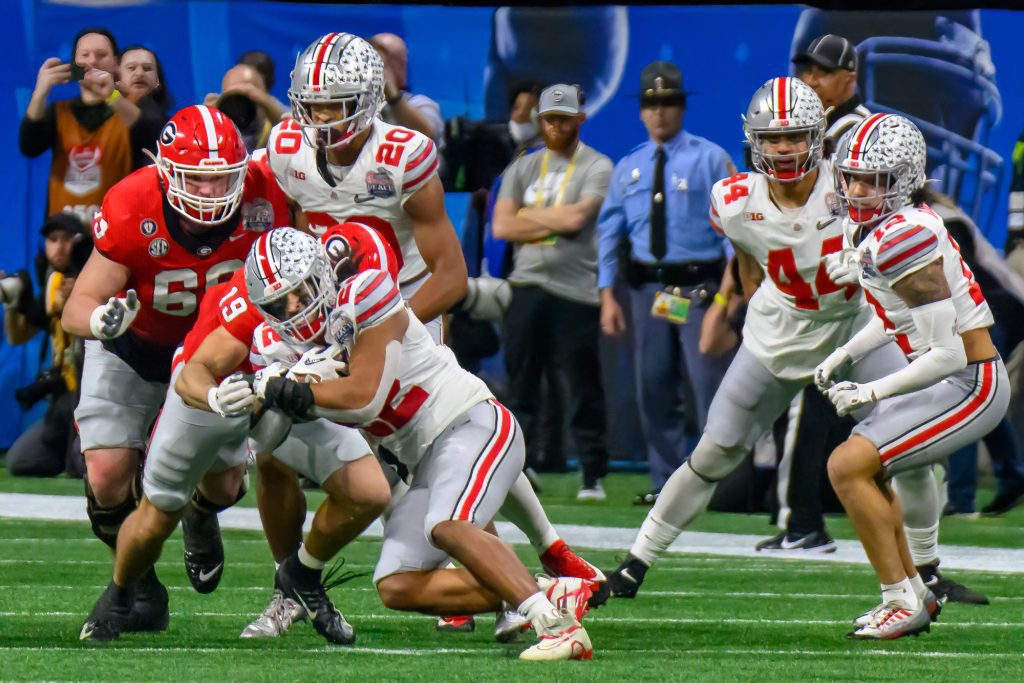
For example, if you are covering a football game and want a wide-field shot, you can use the 120mm end of the lens to capture a more comprehensive view. Then, if you get a close-up shot of a specific player or action, you can zoom in to the 300mm end of the lens and use the 2x converter to increase the magnification power to 600mm.
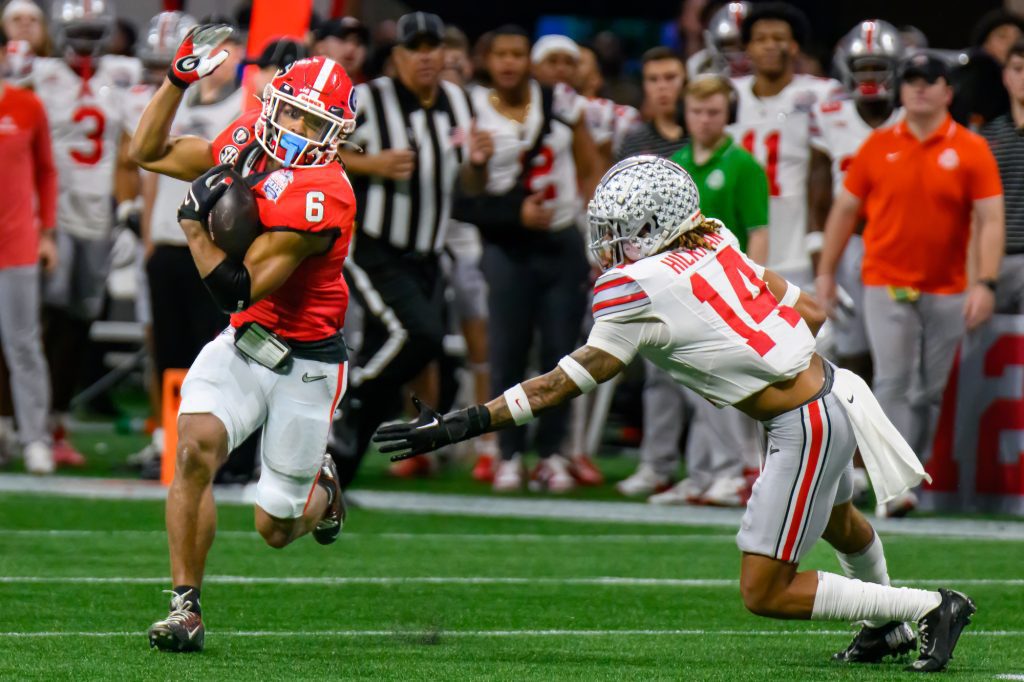
Constant aperture: The f/2.8 aperture is ongoing throughout the entire focal range of the lens, which means that you can maintain a consistent depth of field and low-light performance as you zoom in or out. With the 2X converter, the aperture changes to ƒ/5.6.
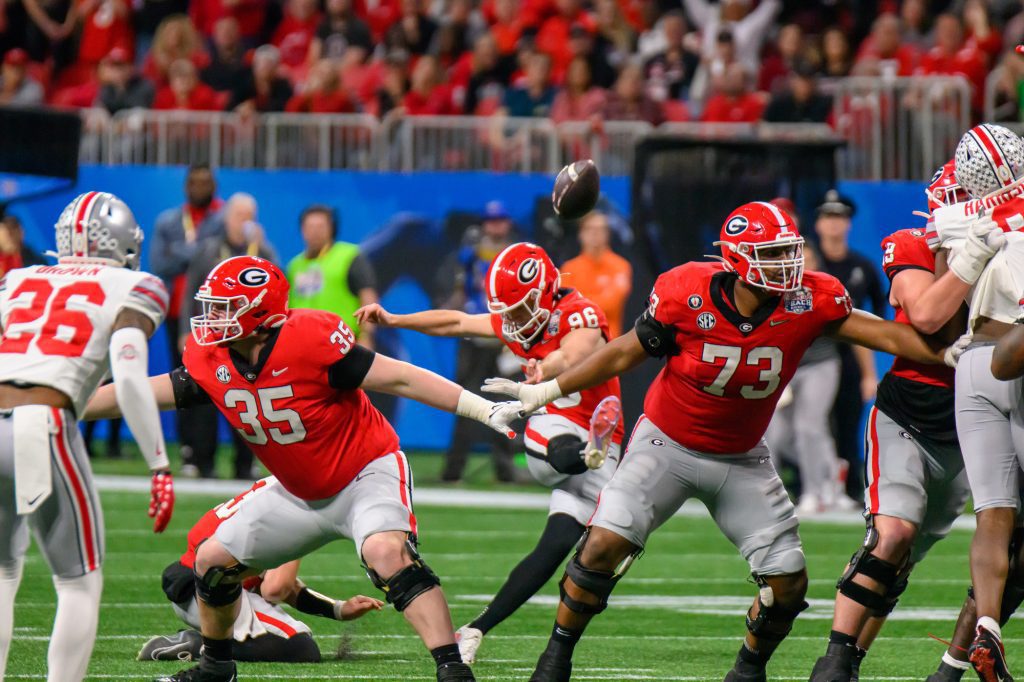
Fast aperture: The f/2.8 aperture allows you to capture images with a shallow depth of field, which can help isolate your subject and create a sense of depth in your pictures. It also allows you to shoot in lower light conditions, letting in more light than a slower aperture lens.
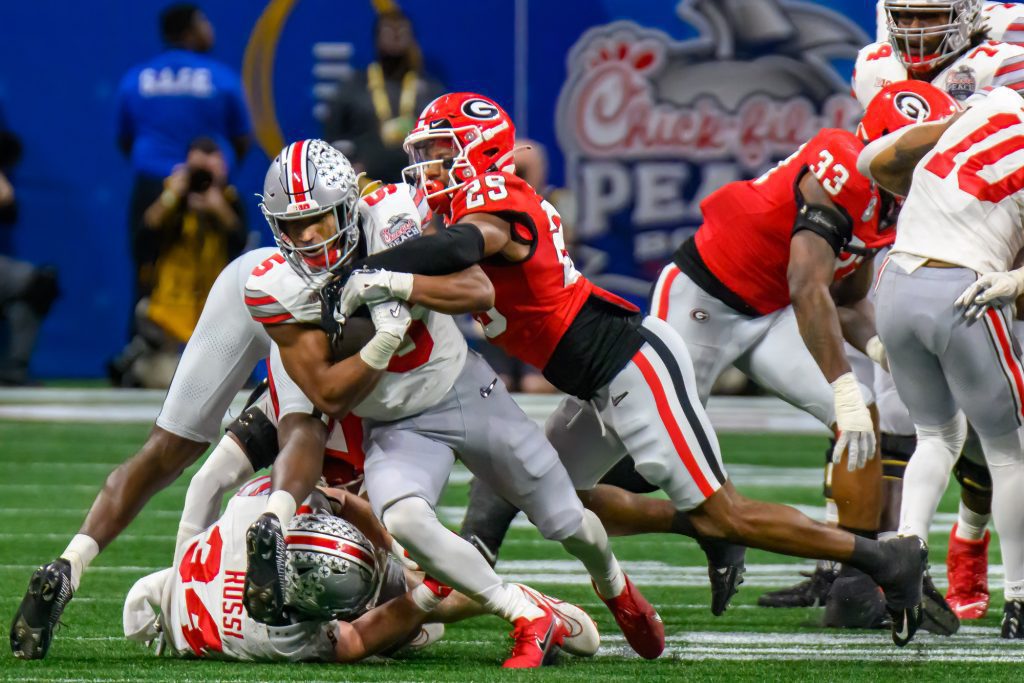
My Second Camera Had The Nikon 100-400mm
Using two Nikon Z9 cameras with different lenses can be a good setup for covering football because it allows you to quickly switch between different focal lengths and perspectives to suit the changing action and composition of the scene.
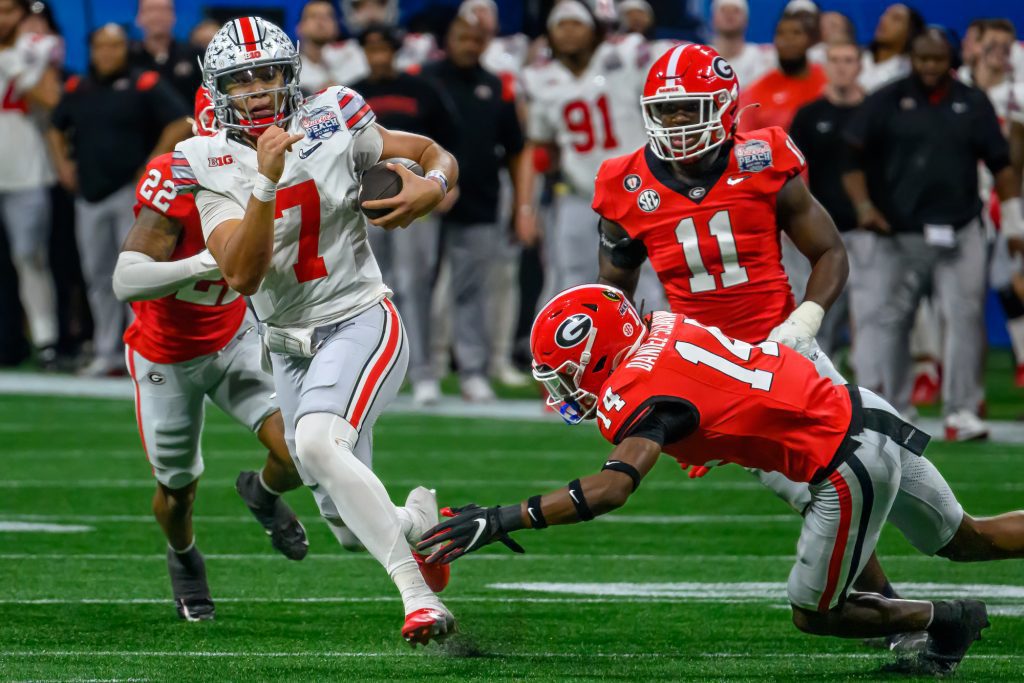
For example, you could use one camera with a wide-angle lens to capture a wide-field shot while using the other camera with a telephoto lens to get close-up shots of specific players or actions. This can give you a more comprehensive range of images and help you capture different aspects of the game more effectively.
Additionally, having two cameras with different lenses can allow you to work more efficiently. For example, you can set one camera up for wide shots and the other for close-ups and switch between them as needed. This can help you to be more responsive to the action and to capture more compelling images of the game.
Overall, using two Nikon Z9 cameras with different lenses can be a good setup for covering football, as it allows you to quickly switch between different focal lengths and perspectives to suit the changing action and composition of the scene.
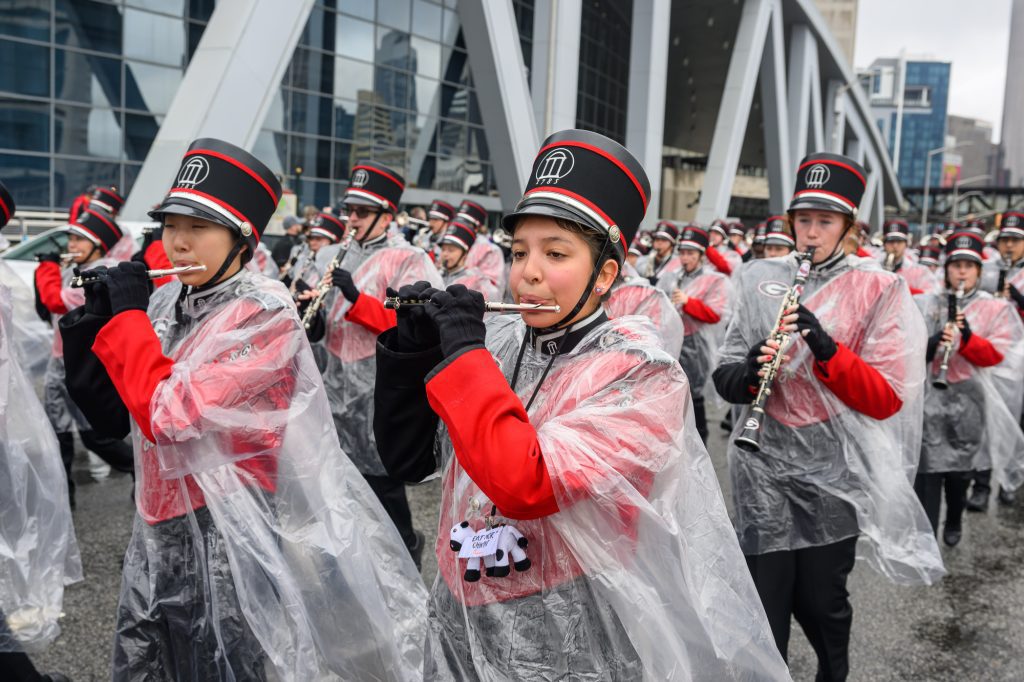
I Did Switch To Nikon Z 24-120mm f/4 S Lens When Necessary
I used the Z 24-120mm f/4 S during the pre-game and post-game events.
The Nikon Z 24-120mm f/4 S lens is a versatile, high-quality lens well-suited for various photography applications, including sports and action photography.
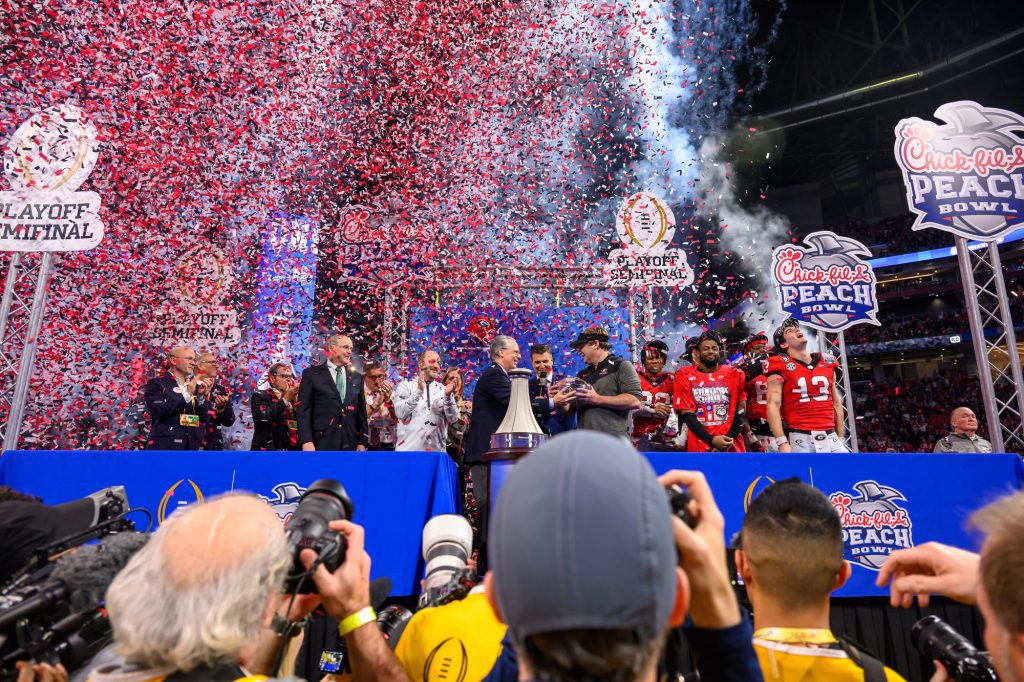
It has High image quality; the lens features high-quality optics and coatings that help to deliver sharp, detailed images with good contrast and color reproduction.
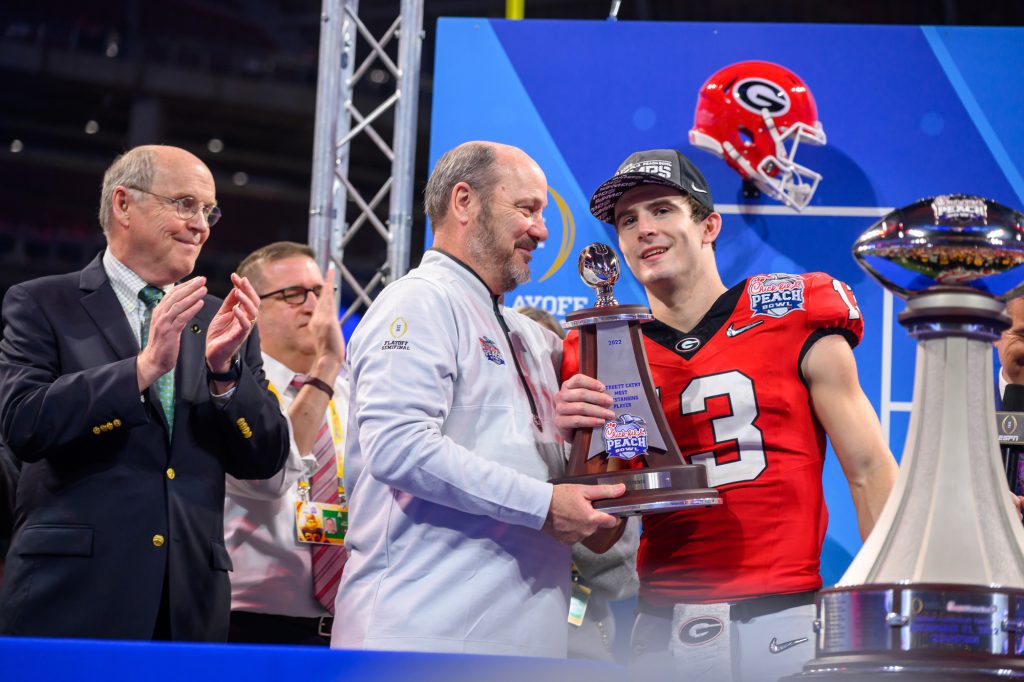
Benefits Of Multiple Cameras & Lenses
Having multiple lenses and cameras can be very helpful when covering a football game because it allows you to quickly switch between different focal lengths and perspectives to suit the changing action and composition of the scene. This can help you to capture a broader range of images and to be more responsive to the action on the field.
Additionally, having multiple cameras can allow you to work more efficiently, having one camera set up for wide shots and the other for close-ups and switching between them as needed. This can help you to be more responsive to the action and to capture more compelling images of the game.
Generally, having multiple lenses and cameras can be very helpful when covering a football game, as it allows you to quickly switch between different focal lengths and perspectives to suit the changing action and composition of the scene.
Overall, the Nikon Z9 is a high-end full-frame mirrorless camera well-suited for various photography applications, including sports and action photography. Its high-resolution sensor, fast continuous shooting speed, advanced autofocus system, and high-quality video capabilities make it a top choice for photographers looking to cover a football game.


